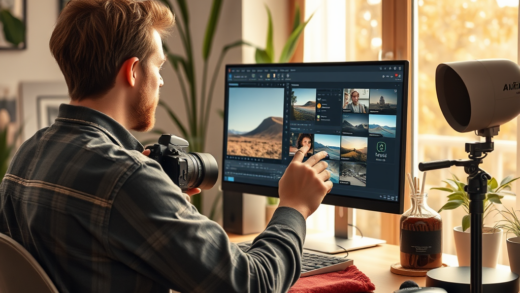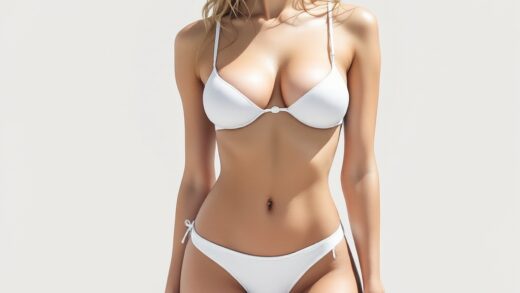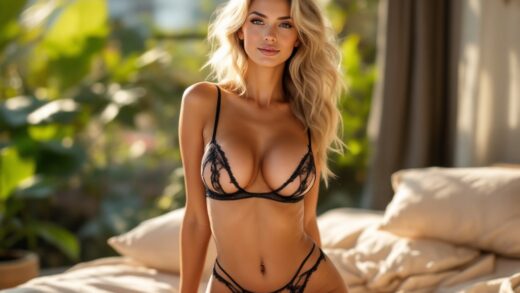The landscape of photography is evolving at an unprecedented pace, driven largely by advancements in technology, particularly artificial intelligence. One such innovation that has sparked considerable debate is Deep Nude AI, which can generate highly realistic nude images from ordinary photographs. This novel application has captured the attention of both artists and critics alike, leaving many to wonder about the implications of its use in professional photography. By tapping into AI’s capabilities, photographers can experiment with concepts and aesthetics that previously seemed out of reach. However, along with these opportunities come significant ethical and practical considerations that cannot be overlooked. Understanding both the benefits and drawbacks of Deep Nude AI is essential for any photographer keen on either embracing or rejecting this technology.
Advantages of Using Deep Nude AI
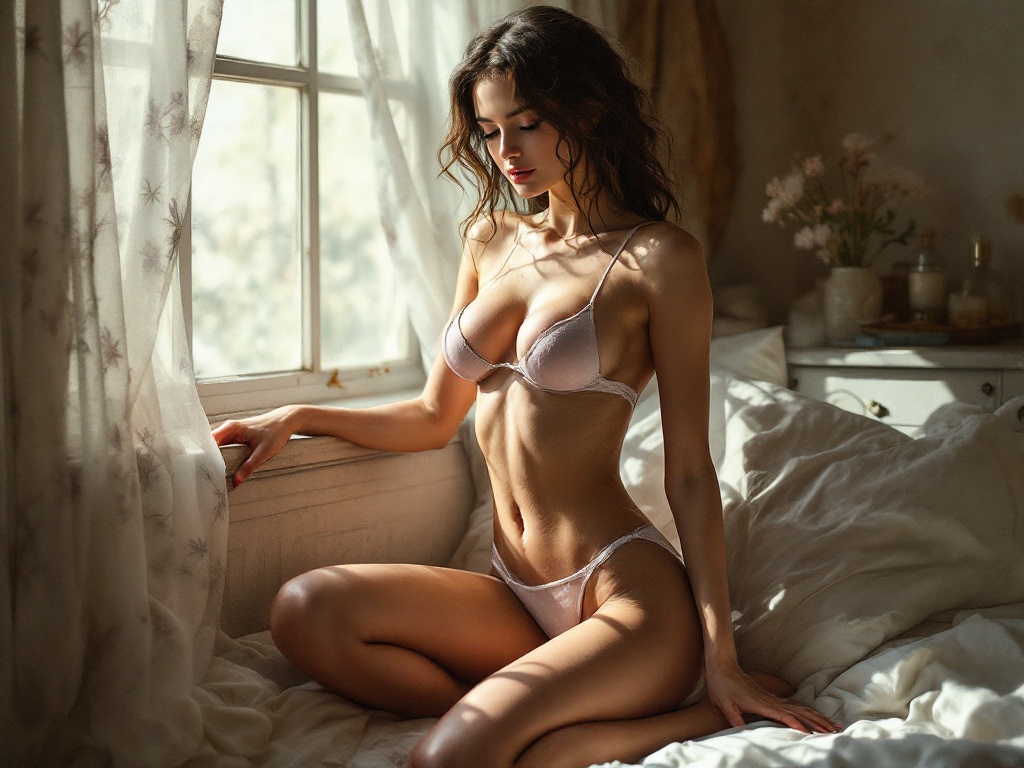
Deep Nude AI offers a multitude of advantages that can enhance the creative process for photographers. Firstly, it unlocks a new realm of artistic expression, allowing for imaginative explorations that may not be feasible in-real-life. Through AI, photographers can visualize their ideas without the logistical complications of a traditional shoot. In fact, it can give rise to unique portfolios that blend reality with digital artistry. Many artists find that this tool catalyzes their creativity, enabling them to push boundaries and create captivating imagery with minimal constraints.
Additionally, utilizing Deep Nude AI can be a cost-effective approach for those operating under budget limitations. By minimizing the need for complicated setups and reducing the number of in-person sessions, photographers can save both time and money. High-quality images can be produced without the expenses typically associated with hiring models, equipment rentals, and studio space. The efficiencies gained from AI-driven photo generation can be particularly advantageous for those in the commercial realm, looking to maximize their resources.
| Aspect | Benefit |
|---|---|
| Creativity | Enables experimental concepts and varied artistic expression. |
| Cost | Reduces expenses associated with traditional photo shoots. |
| Privacy | Provides an alternative for models who feel uncomfortable in nude scenarios. |
Another notable advantage of Deep Nude AI is its ability to address privacy concerns. For many individuals, the thought of being photographed nude can evoke feelings of vulnerability and anxiety. In such instances, AI-generated images can provide a safer environment, allowing models to maintain their comfort while still achieving desired artistic results. This aspect is particularly relevant in an industry increasingly aware of personal boundaries and ethical considerations. Utilizing AI can foster an environment that encourages creative freedom without compromising individual well-being.
Disadvantages of Using Deep Nude AI
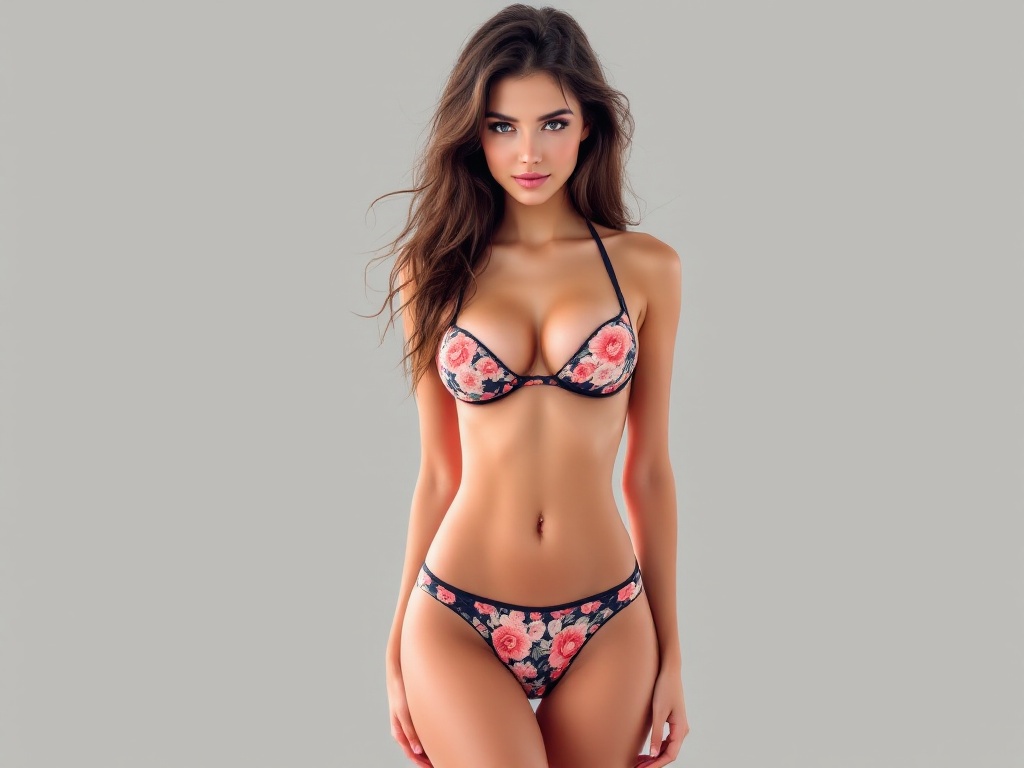
Despite its merits, the use of Deep Nude AI is fraught with ethical challenges that warrant serious reflection. The primary concern revolves around consent, as creating nude images without explicit permission from the individuals depicted can result in profound repercussions. This lack of accountability may tarnish reputations and lead to potential legal issues for photographers engaging in such practices. Ethical photography must prioritize consent ; hence, it becomes crucial to navigate these concerns carefully.
Moreover, the potential for misuse of this technology cannot be overstated. AI tools like Deep Nude can be exploited for harmful purposes, including image manipulation and unauthorized sharing. The implications stretch beyond the individual to impact societal norms and personal interactions, raising numerous ethical questions. It’s essential that photographers understand these risks and take proactive measures to mitigate them. A responsible approach is vital to ensuring that the technology is not misappropriated.
While Deep Nude AI can generate strikingly realistic images, it still lacks the authentic essence that comes from a real human presence. There’s an intangible quality that live models bring to a shoot—emotion, connection, and spontaneity—that machines simply cannot replicate. Consequently, many audiences may find AI-generated images to be somewhat lacking in relatability or depth. In a creative field heavily reliant on human connection, maintaining authenticity should remain a priority.
Conclusion
The decision to incorporate Deep Nude AI into professional photography is not one to be made lightly. Balancing the benefits of enhanced creativity and cost savings against the ethical dilemmas and authenticity challenges presents a complex scenario for photographers. As the technology continues to develop, ongoing discussions about its implications are essential. Ultimately, the most responsible approach involves a commitment to ethical practices, prioritizing consent, and maintaining the human touch that makes photography an art form. Through careful consideration and respectful application, artists can harness the power of AI without sacrificing the integrity of their craft.
Frequently Asked Questions
- What is Deep Nude AI? Deep Nude AI is an artificial intelligence technology that can generate nude images based on standard photographs, creating realistic representations without the need for actual photography.
- Is it legal to use Deep Nude AI in professional photography? The legality depends on jurisdiction and context, particularly regarding consent and the use of likenesses. It’s crucial to understand the laws applicable in your area before using this technology.
- How can photographers protect themselves when using Deep Nude AI? Photographers should obtain explicit consent from individuals involved, ensure compliance with legal standards, and consider implementing contractual agreements to safeguard against misuse.
- What should photographers consider before using AI-generated images in their portfolios? Artists should consider ethical implications, the quality of AI outputs, and how these images align with their personal brand and artistic vision.
- Can AI-generated images replace traditional photography? While AI can complement traditional methods, it is unlikely to fully replace the unique touch, emotional depth, and authenticity that a human photographer brings to their work.
